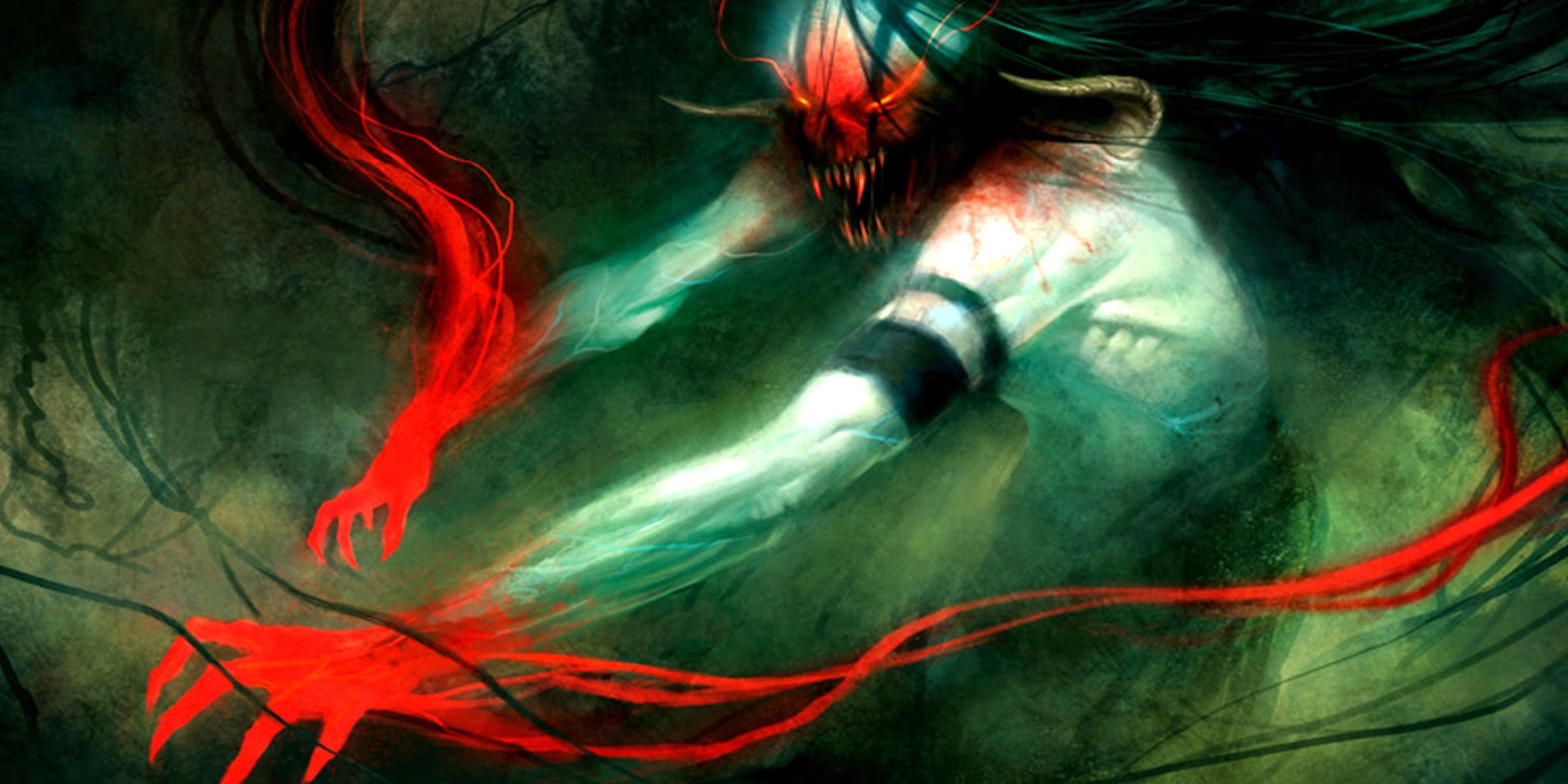

This results in more enjoyable events where you will play against a completely different deck every game. The number of cards available for deck building ensures that any strategy can be viable in a Modern deck. The first thing that comes to mind when someone mentions modern is variety. Modern - The best competitive format MtG has to offer While some formats constantly have radical changes to the meta, Modern meta remains stable as it slowly changes over time. The health and longevity of the format make modern appealing to experienced Magic the Gathering players. This results in a huge card pool to experiment with while cutting out extremely expensive cards from the reserved list. Modern is a non-rotating constructed format that includes all legal cards printed since Eighth Edition (2003). Out of all Magic the Gathering formats, modern is the most popular format for competitive play. Vintage lets players use almost every card printed in the history of Magic the Gathering. Standard decks consist of cards only from a few most recent Magic the Gathering sets. EDH limits players to one copy of a card in the deck. Each format allows players to use a different pool of cards, and some formats even change the deck-building rules. A number of Magic the Gathering formats evolved over the years.


 0 kommentar(er)
0 kommentar(er)
